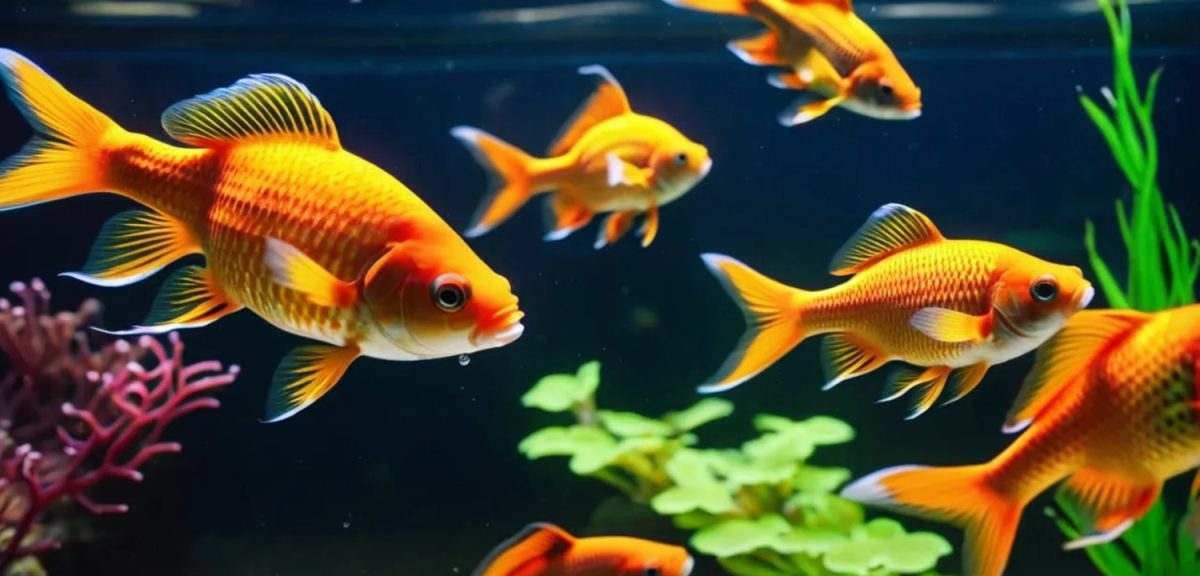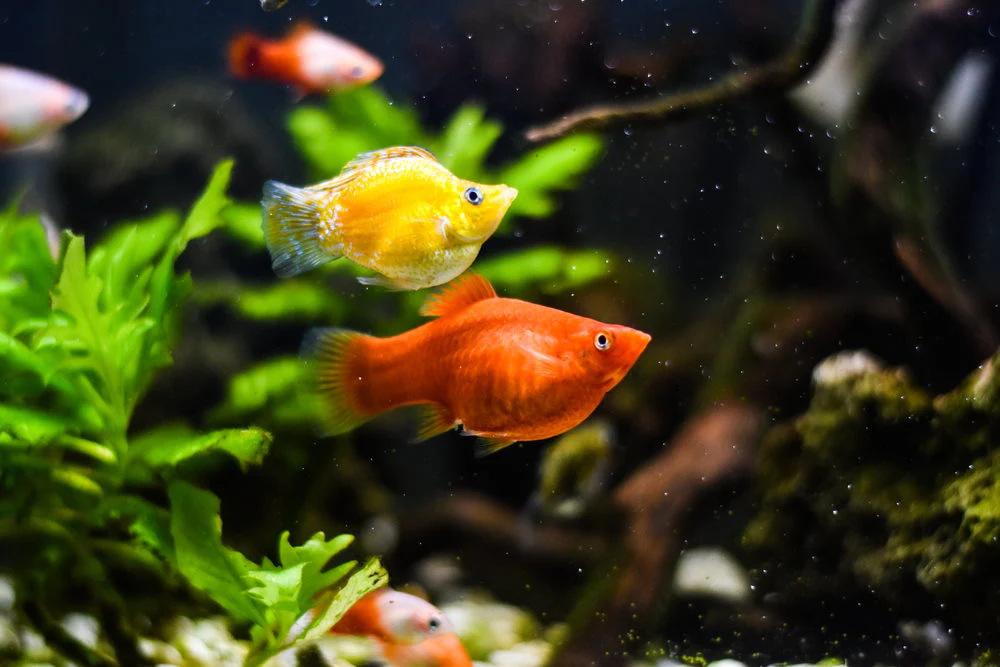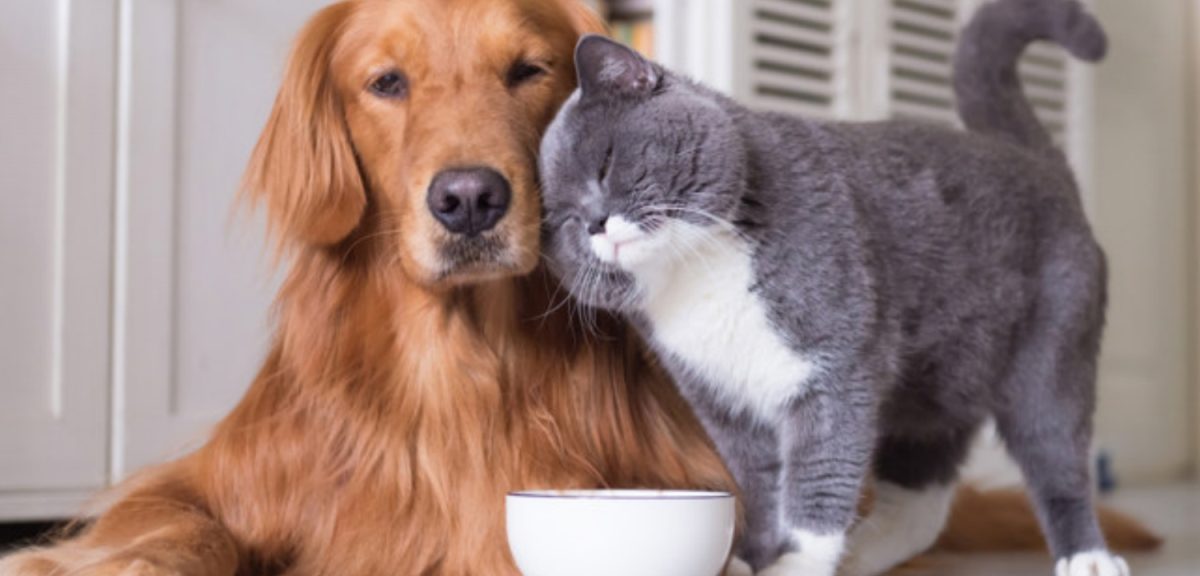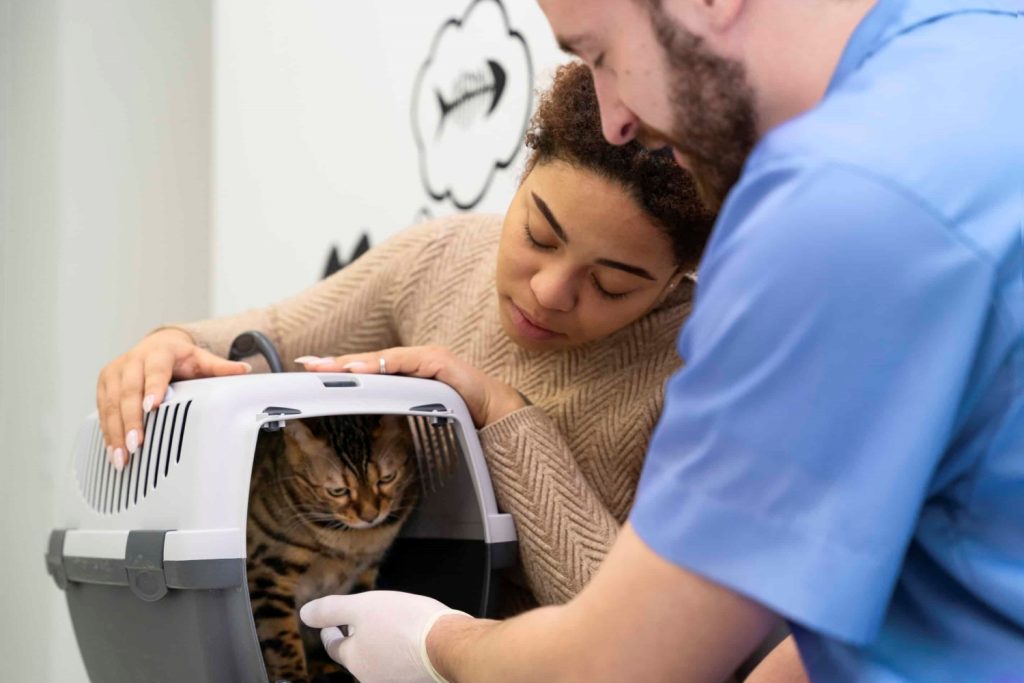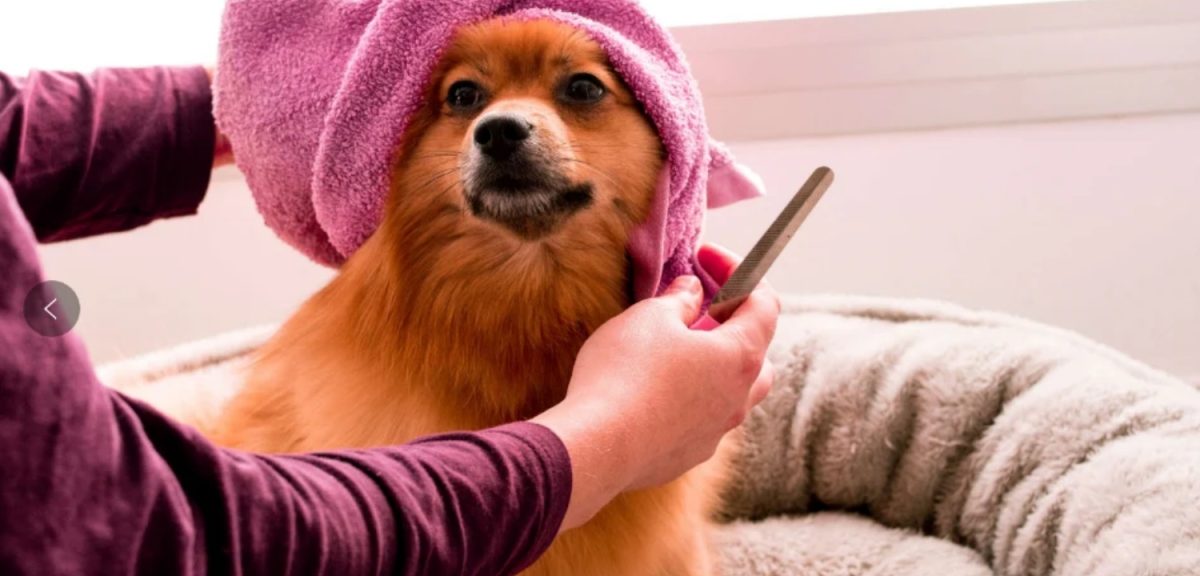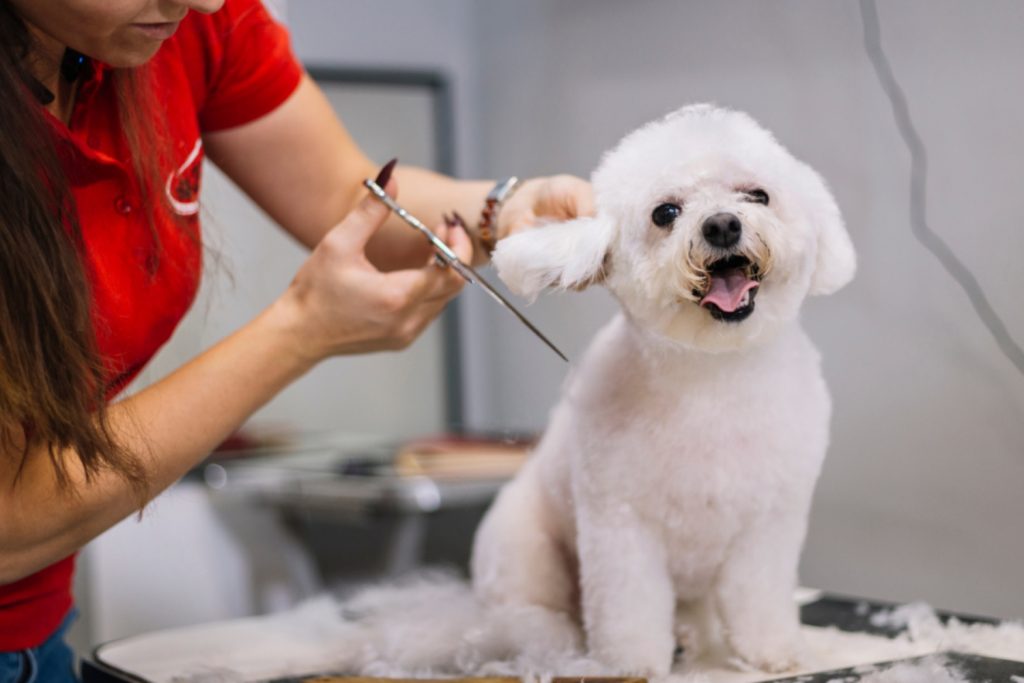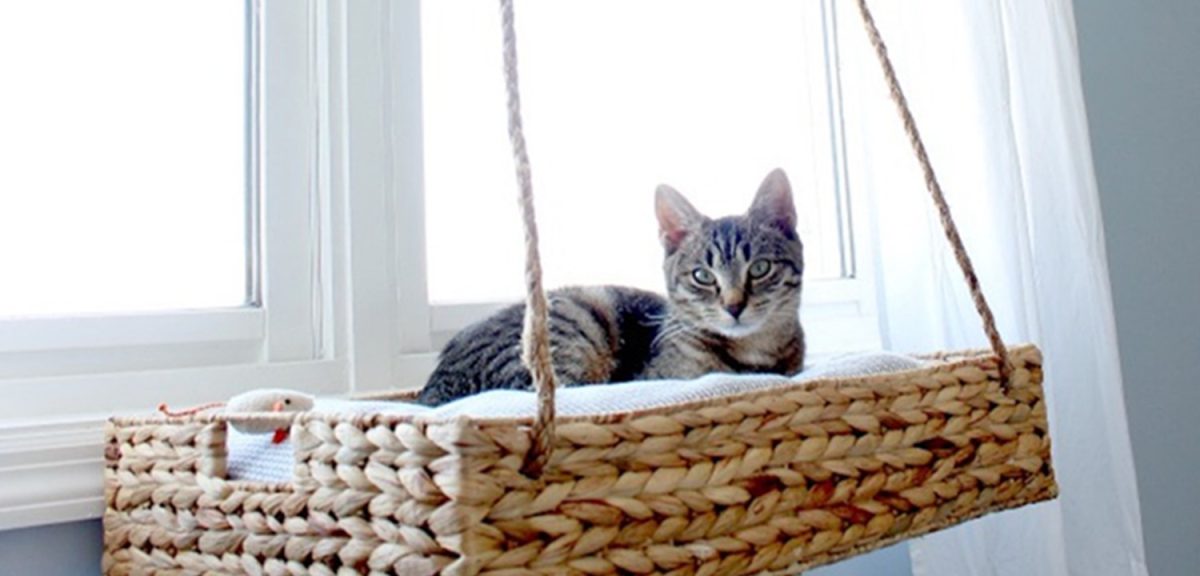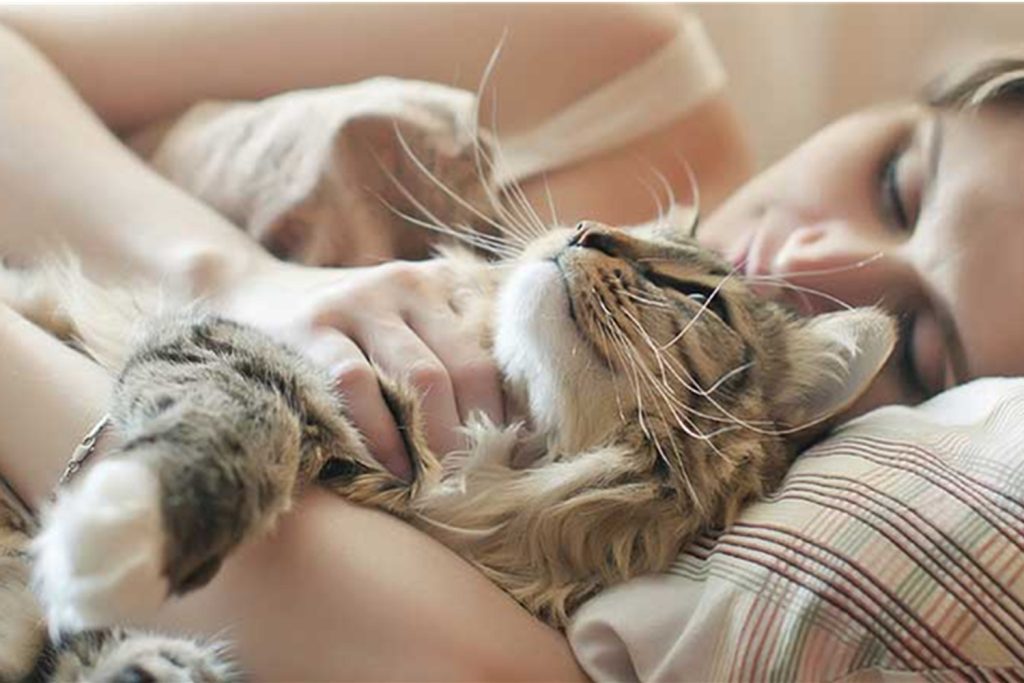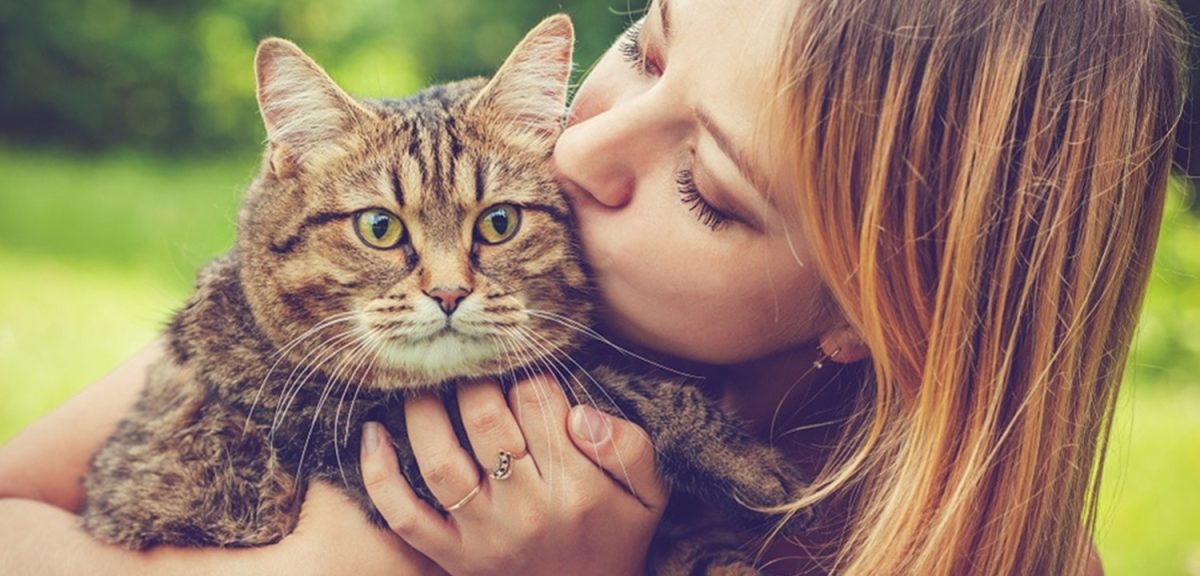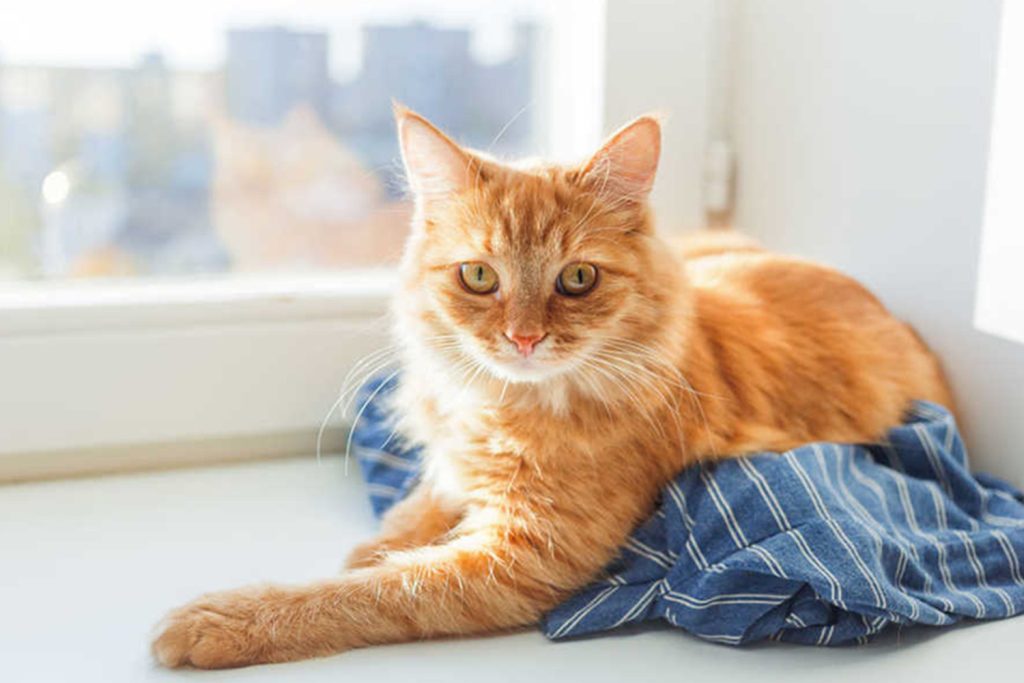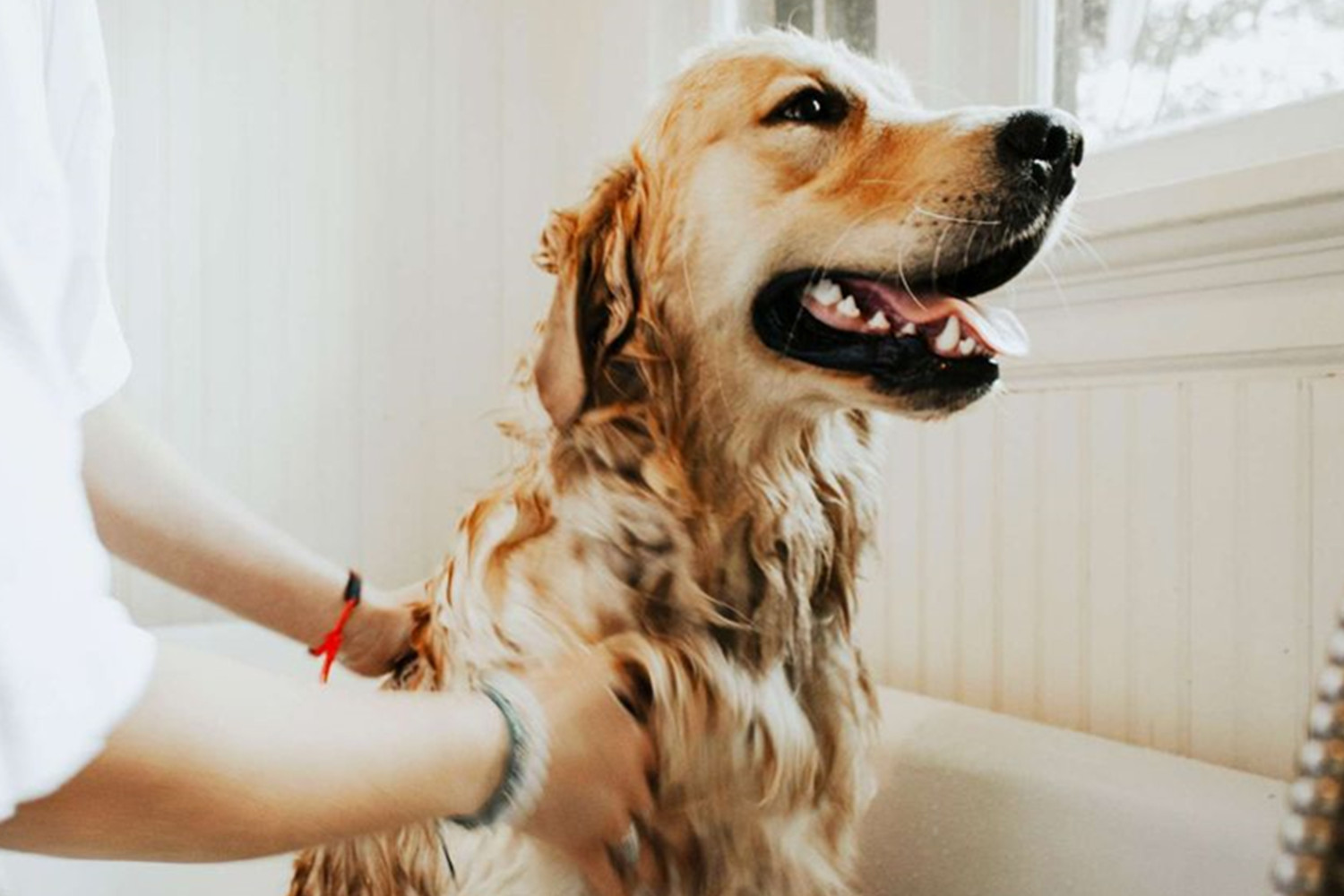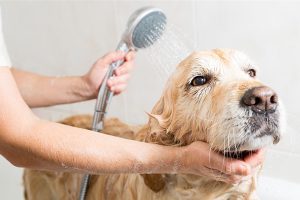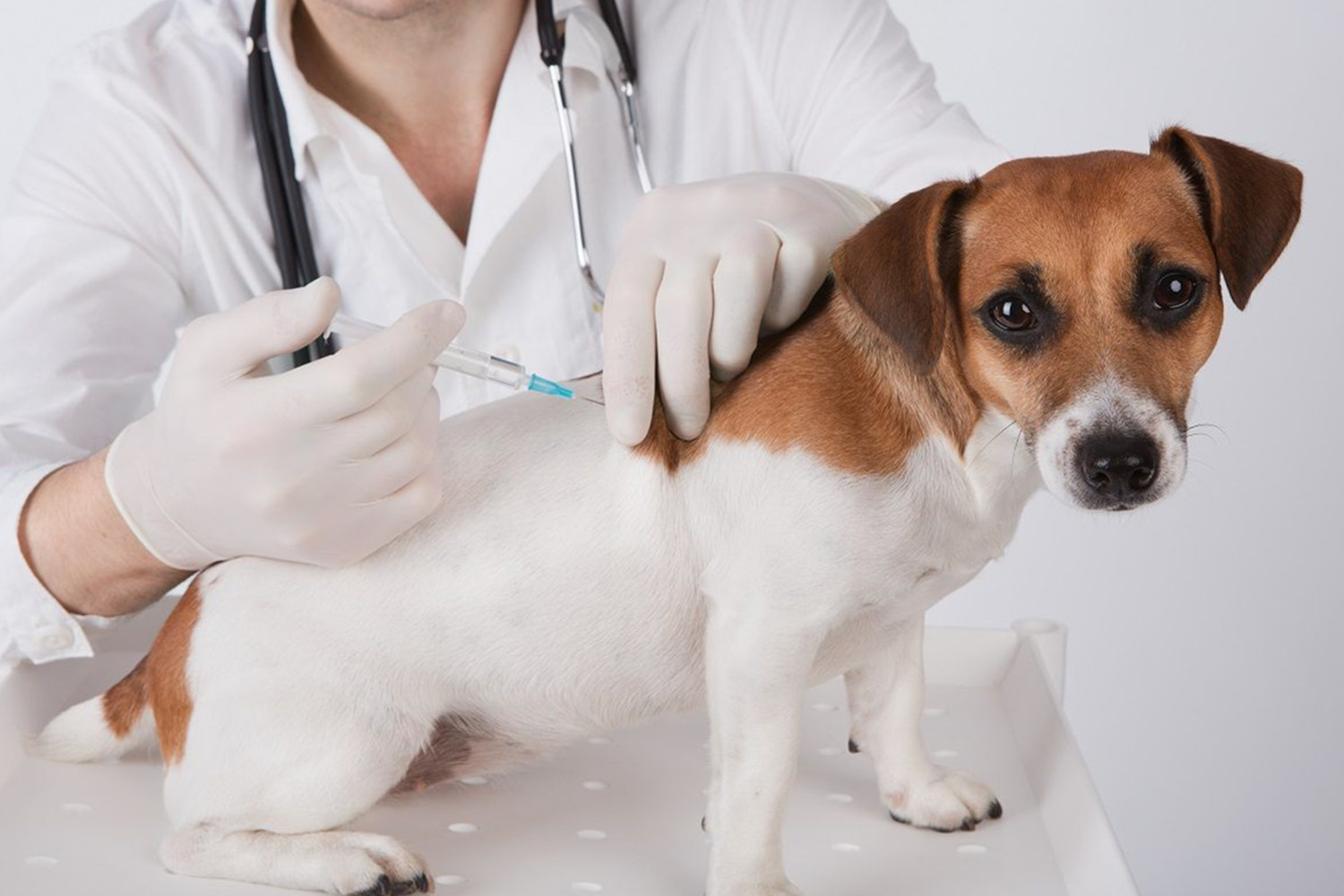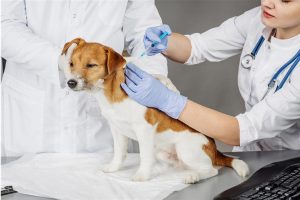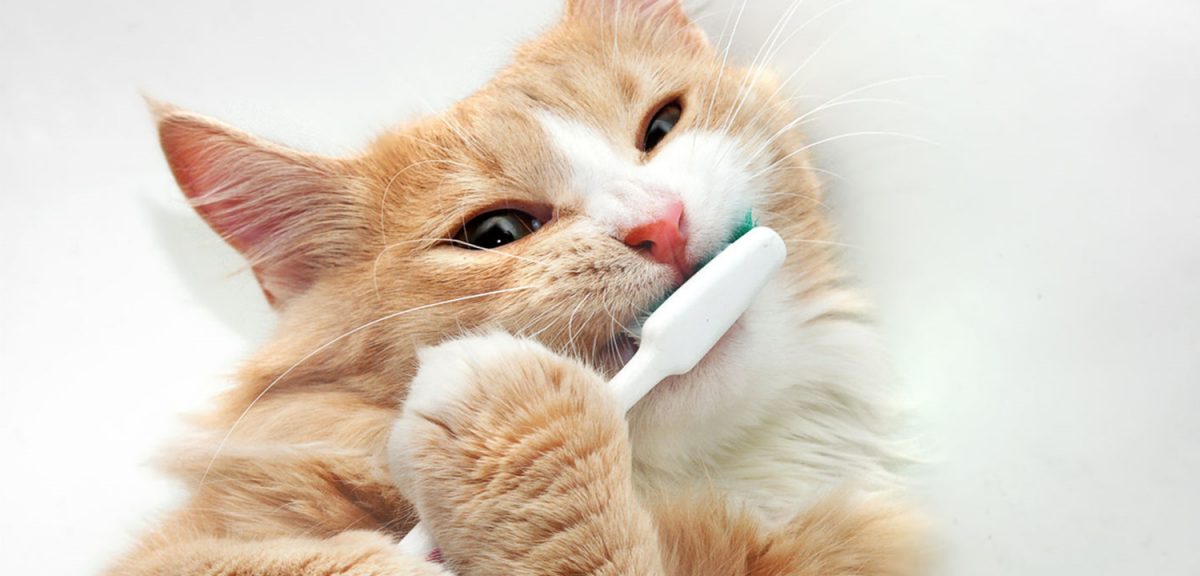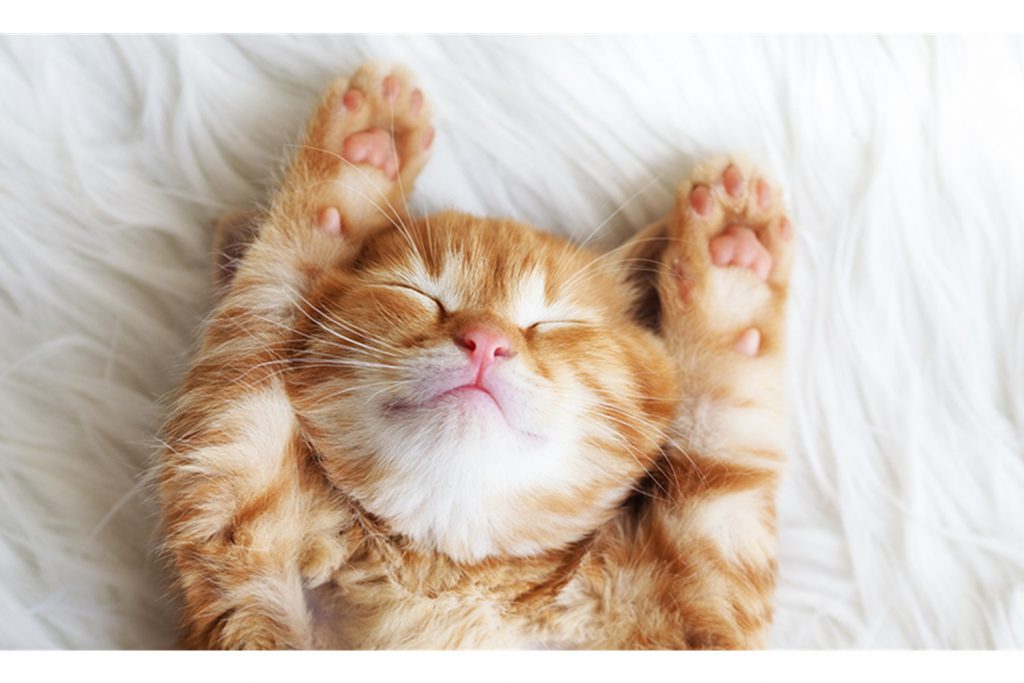When it comes to getting a glimpse of the wonders within our oceans, there is no better place to do so than an aquarium. As we explore this vast realm of marine life, we discover not only fascinating creatures but also a complex and interconnected web of life that exists between them. From schools of colorful fish to majestic sea turtles, an aquarium can bring us face-to-face with some of the most exotic creatures on earth.
Visiting an aquarium can be both educational and enjoyable for all ages. It is a chance to get up close and personal with various types of wildlife. Depending on where you go, some may offer interactive experiences such as touch tanks or feeding opportunities that let viewers become actively involved in their experience. This allows visitors to learn more about these animals and appreciate them even more deeply.

Aquariums are also great places for family bonding time. With so many different species in one place, there’s sure to be something for everyone! Parents have the chance to watch their children marvel at the beauty they see before them while learning interesting facts about each one along the way. And if you don’t feel like exploring yourself you can always just sit back and enjoy watching others do so from afar!
In addition to providing entertainment value, aquariums are also important tools in raising awareness about ocean ecology and conservation issues around the world. They often highlight endangered species that need our help in order to survive. By visiting these facilities we can gain a better understanding of what needs protecting out there knowledge which then hopefully goes on to inspire action towards protecting our planet’s resources for future generations too!
No matter your age or background visiting an aquarium can open up a world full of new discoveries for anyone who takes part! From admiring beautiful coral reefs through glass tunnels or playing with sea otters in touch tanks it’s sure to be an adventure no one soon forgets! So why not take some time out today and visit your local aquarium? You’ll be glad you did!


